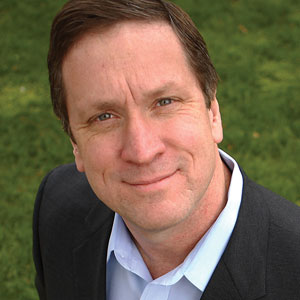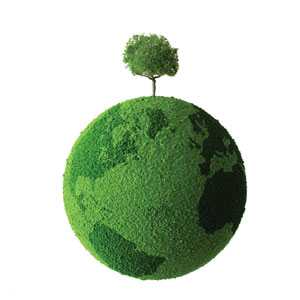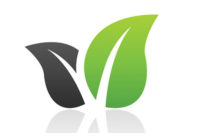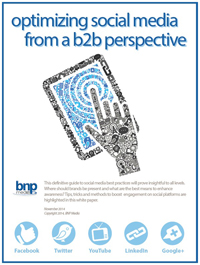Since its inception, LEED has been at the forefront of the green building industry, pushing those new to green building to adopt sustainable practices and encouraging tried-and-true experts to bring their specialties to the table.
LEED, and its community of implementers and supporters, has always been cutting-edge. But now more than ever, LEED and the U.S. Green Building Council are evolving in ways we only dreamed possible at the beginning of our journey: technology tools to enhance LEED’s functionality, international partners and mainstream adoption in nearly every building sector.

|
This year’s LEED section highlights what’s next for LEED. In a changing and growing industry, it must continually adapt in order to provide the most current and complete benchmarks for green building. The development of LEED 2012 and the launch of the LEED Volume Program represent two cornerstone initiatives in our efforts to keep LEED’s offerings current.
On top of that, we work to bring industry professionals and project teams the best possible resources for achieving LEED certification. New technology-based tools that support LEED will help spread green building knowledge and certification assistance as fast as a Wi-Fi connection: The LEED for Homes Scoring tool allows green building newcomers as well as experts to rapidly assess their projects. Our Green Building Information Gateway (GBIG) brings the global stock of efficient buildings into a point-and-click perspective. USGBC’s Building Performance Partnership (BPP) uses technology to gather and monitor building performance and suggest improvements.
While high-tech tools are crucial to LEED’s evolution, USGBC is quickly growing far beyond the confines of computer screens. On the global stage, USGBC collaborates with 19 other countries on the LEED International Roundtable. Customer service is now offered in Spanish and soon, Chinese. LEED professional credential exams are available in French. Two LEED-certified schools are in the works in Beijing and Changsha, China, and USGBC is working to expand LEED for Homes pilot programs internationally. These global strides are crucial to the future development of LEED and for the broader goal of greening not just our country, but also our world.
Last year, Greenbuild, USGBC’s annual conference, showcased our growing international presence, drawing attendees from an impressive 114 countries. To celebrate the international green building movement, this year’s Greenbuild NEXT is based in Toronto, one of the most cosmopolitan and innovative global cities in the world. As the name suggests, Greenbuild NEXT will usher in a new era of green building.

|
These improvements are just the tip of the iceberg. Every article in this LEED section highlights a new aspect to LEED and USGBC. One thing that hasn’t changed is USGBC’s mission: to green the world’s building stock to reduce environmental impact and enhance the lives of people everywhere. While USGBC is celebrating our founding vision in new and more exciting ways than ever, we stay grounded and united behind our goal to enact monumental change in the built environment. It’s the motivation pulsing through every USGBC program.
I applaud the green building community for its commitment to this noble cause, and I thank you for inspiring USGBC’s new initiatives with your own innovation and passion. Please reach out with your suggestions and comments on our evolving programs. I’m active on Twitter and would love to get your feedback: @RickFedrizzi.
My excitement about the evolution of LEED and green building is eclipsed only by what will come next. Stay tuned!





